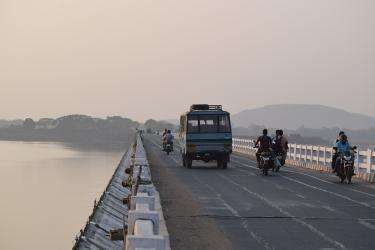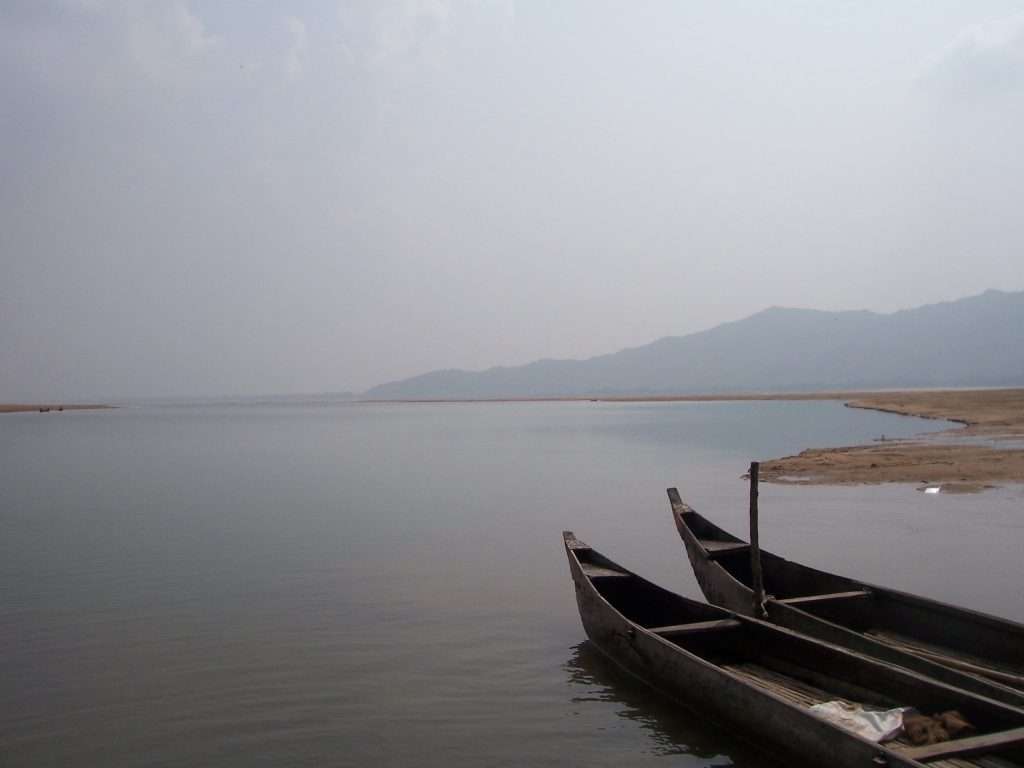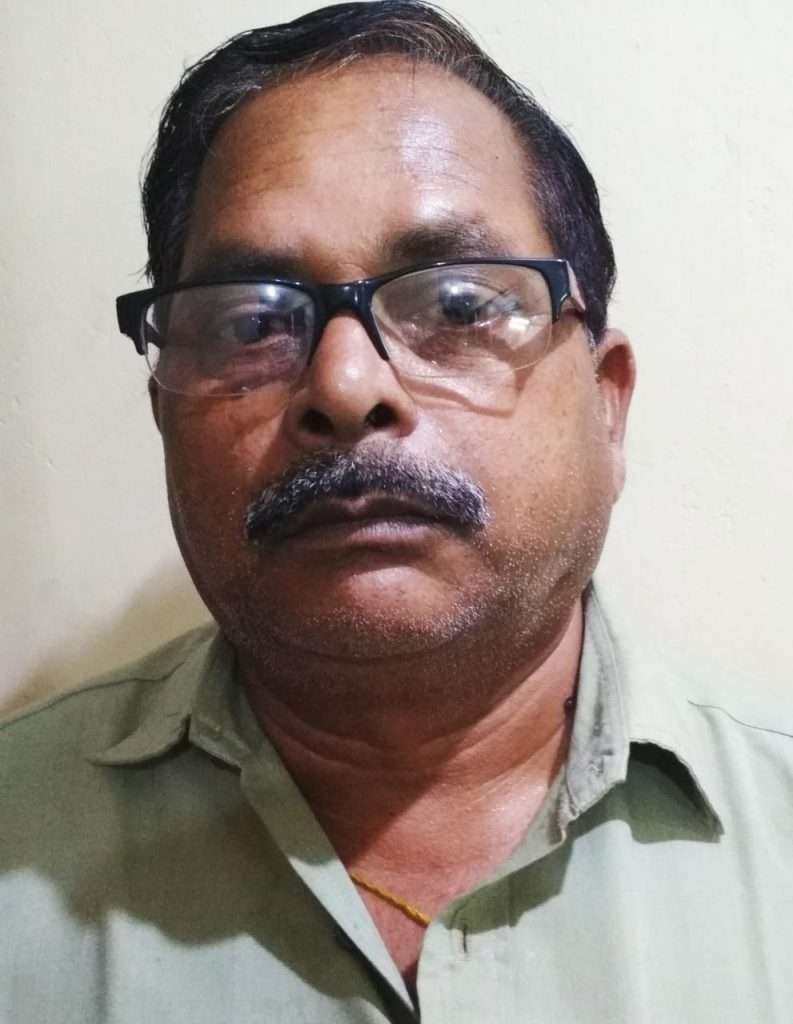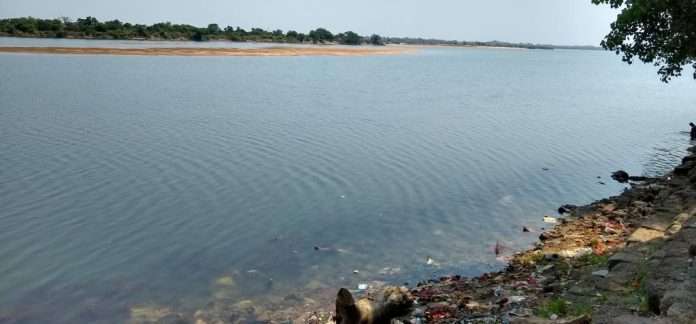In the past there was no effective road communication between Sambalpur and Cuttack. One kutcha road was there and that was through the dense forests infested with rebels and dacoits. So, no trade was possible in such roads. Only in the year 1948 a motorable road was constructed between Sambalpur and Cuttack through Rairakhol.
So, prior to that only waterways i.e. Mahanadi River was the only means through whichtrade between Sambalpur and Cuttack was carried out. Boats take five days to reach Cuttack throughthe Mahanadi River. An upward journey for loaded boats take 25 days to reach Sambalpur – quite an uphill task.
In 1931, Boat transport has been described as follows:
The boats mostly used are dongas, kusli, patwas, chaps. Dongas are mostly dug-outs which are sometimes used for passenger traffic down to Cuttack. The other vessels are larger boats poled along by the boatmen and steered by a paddle tied to the stern, which is merely a long pole with a round piece of wood at the end. Patwas are long narrow boats made of Sal or bija planks fastened together with iron nails.
They run to the length of 75 ft to 90 ft and are used for the conveyance of grain up to the middle of December. They are poled according to their size, seven or eight men, and cost Rs. 250/- and Rs. 450/- respectively. Boats of this kind hold from 150 to 200 mounds of grain. Chaps are merely patwas lashed together for the conveyance of cattle and carts and are only used in flood time. Kuslis are similar in build to patwas but broader and are 45 to 60 feet long. A Kusli manned by three men usually holds 40 to 50 mounds of grain and one poled by four men 60 mounds.
The cost is Rs. 130 and Rs. 175 respectively, while the largest Kusli which is manned by five mencosts Rs 200/-. They ply in midstream on the Mahanadi for passenger traffic, up to the end of March. But for the conveyance of grain up to the middle of February only. About this time the river runs low, and owning to the small depth of water and rocks they are steered with considerable difficulty.
When a Kusli manned by 04 men is engaged by a merchant, he has to pay the wages being made over to the owner. The rates are – to DhamaRs 2/-; to Binka and TurumRs 3/-; to SonepurRs 4/-; to Baud Rs 5/- and to Cuttack Rs 12/- to per boatman. Each boatman receives for the journey up and down stream 11/4 seers of rice and one pice daily, and the man who hires the boat has to pay any extra money spent in extricating it from sands and rocks.
The steerman get 8 annas each extra per stage. They are pilots who know the rocks and currently in their particular length of river and do not go beyond it. The Sambalpursteermen go up to Baghra and down to Dhama.
In 1969 it has diminished almost to NIL except where ferries exist.
Apart from its materialism, the riverine trade in the Mahanadi had its own intrinsic merit. River journey is full of pain and pleasure. Kautilya rightly said that rivers are not to be believed. The rivers are fraught with dangers especially where there are gorges and whirling waters.

When boats pass through SatakosiaGanda, it was an immense challenge to the boatmen. Here the river is narrow; but depth is fearsome. Similarly, in some other spots also there were deep gorges and whirls. For example, near Sambalpur at Choplima there was a deep gorge. When in the darkness of night, boats pass near it, the sound of bells was being heard by the boatmen. It is said – a Devi, in the nearby hills warn the boatmen to take route away from deep gorge, where there is danger of capsize of the boat. This Devi (Goddess) is now worshipped as Ghanteswari. The shrine of MaaGhanteswari is an invisible light house for the boatmen.
There was another danger spot near village Turum. Here there was a large whirl pool of water on the Mahanadi. The boats had to pass through it. There was no other way. The peculiarity is that after circling two or three times the boat automatically goes downstream. If it does not go, the matter is finished. The result is death by water. One such ill fated boat was of a merchant of Bargarh in the district of Sambalpur.
In spite of all these dangers man is adventurous by nature, boatmen of Sambalpur were excellent sailors like the Phoenicians of eastern Mediterranean coast. The country of Phoenicia is no more. It was existent in the present area of Syria, Lebanon and North Israel. Phoenicians were outstanding seafaring traders.
We have forgotten one thing. What were the items of this riverine trade? Export and import items were as follows –

Export Items:
Bamboo, Firewood, timber, charcoal, Kendu leaves, bricks, fire clay, coal, mahua flowers, paddy and rice.
Import Items:
Iron and steel materials, cloth, gram, pulses, salt, sugar, kerosene oil, wheat, limestone, lime, potatoes.
Time progresses. With the advent of Railways and road communication between Sambalpur and Cuttack, this riverine trade came to and end. But the stories of boatmen of Sambalpur will go down to history as sweet memories.
(The views expressed are the writer’s own.)

Radhakanta Seth is an Income tax officer in Sambalpur. He is a freelance writer and his articles have been published in some Oriya dailies like Sambad, Samaj, Dharitri, and English dailies like The Telegraph and in a sociological journal ‘Folklore’ published from Kolkata.
He can be reached at [email protected]
( (Images from the net)

